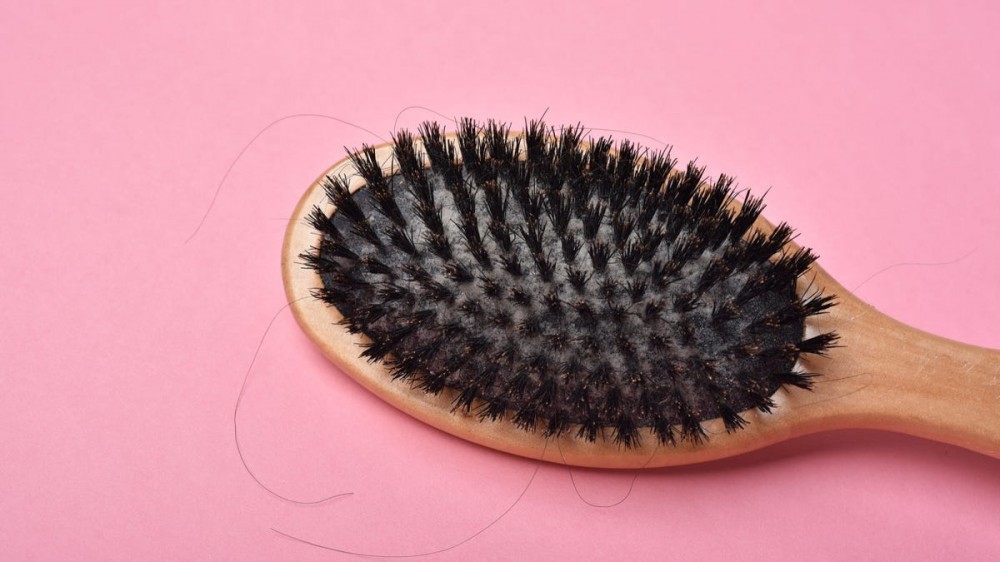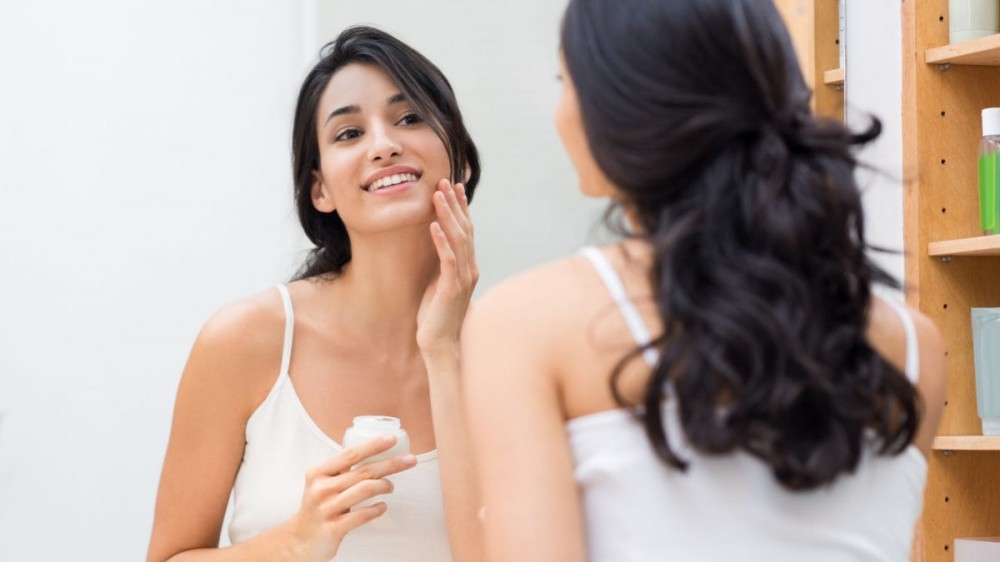
If you’re like most people, you want to take care of your skin without doing too much harm. You may have heard about something called “skin cycling” and are curious about how it works.
We spoke with Dr. Whitney Bowe, a New York City-based dermatologist and the creator of skin cycling, to learn more about what this practice is, how to implement it into your skincare routine, and the best products to try.
What is Skin Cycling?
What Types of Products Are Used in Skin Cycling?
How Do You Start Skin Cycling?
Who Shouldn’t Use Skin Cycling?
What Do You Do If Irritation Occurs?
What is Skin Cycling?
@drwhitneybowe Skin cycling for beginners: how to get started. And how to layer with Bowe Glowe #skincycling #thatboweglow #dermatologist #skintok
♬ original sound – Dr. Whitney Bowe
“Skin cycling is a deliberate and strategic approach to skincare that involves cycling through your evening skincare routine to drive results while minimizing irritation,” said Dr. Bowe. “By cycling through active ingredients and then building in recovery nights that focus on repairing your skin barrier, skin cycling makes your products work smarter and harder for you.”
Dr. Whitney Bowe created the skin cycling method after noticing widespread confusion about how to layer active ingredients on the skin. Most skincare advice on social media, she said, is “all over the place” and often results in irritated skin.
“Rather than adding more products on top of one another, skin cycling encourages you to use products in a strategic way to compliment one another,” she explained.
Dr. Bowe compares skin cycling to working and resting your muscles in the gym. If you’re trying to build muscle, you can’t work one muscle group again and again without ever letting yourself rest. In a similar light, you can’t add hard-working ingredients to the skin every night without letting your skin rest.
“For those of you who don’t work out, think about your work week and how valuable it is to take a little downtime to decompress over the weekend so you can hit the ground running again on Monday,” she said. “The same holds true for your skin.”
Dr. Bowe recommends a four-night plan for skin cycling. On night one, you should apply a chemical exfoliant, such as a serum containing alpha- or beta-hydroxy acids. On night two, you should apply a retinoid.
On nights three and four, you can let your skin rest by sticking to your regular moisturizer. Then, you’ll keep repeating the cycle.
What Types of Products Are Used in Skin Cycling?
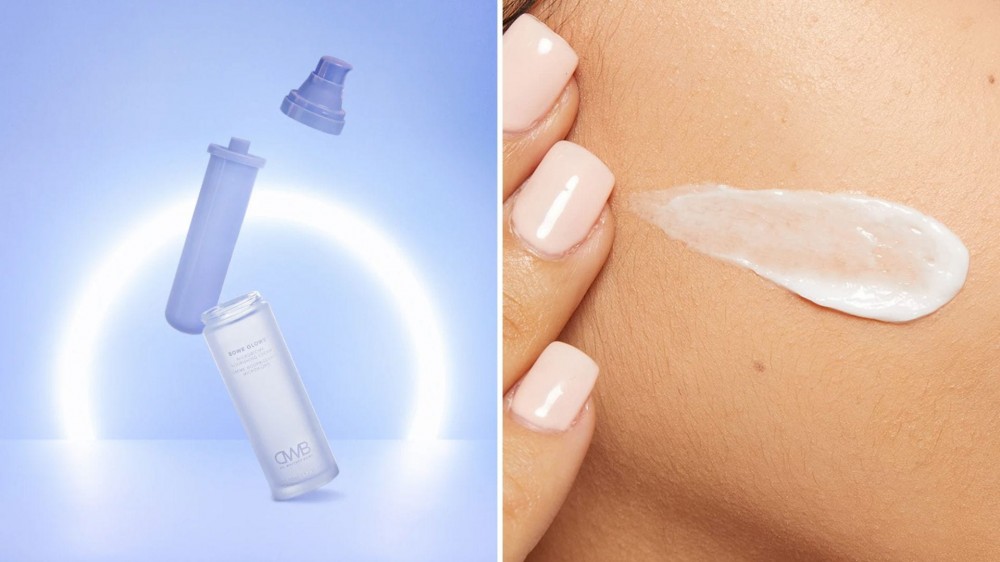
The most common products used in skin cycling are chemical exfoliants and retinoids. On night one of your skin cycling routine, you will use chemical exfoliants, like AHAs and BHAs exfoliate your skin by unclogging your pores, improving skin texture, and leaving your skin looking radiant.
“When it comes to exfoliating acids, I have found that a blend of acids performs more effectively than a high concentration of any single acid,” said Dr. Bowe. “If you are looking for skin firming and collagen boosting benefits, look for a product with over 8% glycolic acid.”
If you are prone to breakouts, Dr. Bowe recommends a serum that contains salicylic acid. “If you have sensitive skin, you can actually tolerate most AHAs and BHAs so long as the product is formulated with soothing, calming ingredients to balance the acids,” she said.
After applying an exfoliating serum, Dr. Bowe advises using a gentle, fragrance-free moisturizer to help repair your skin and minimize irritation.
On night two of your routine, you’ll be using a retinoid. Retinoids are a type of active ingredient that can help to improve the appearance of wrinkles, fine lines, and other signs of aging.
“Retinoids are one of the powerful ingredients to include in your skin cycling routine,” said Dr. Bowe. “But, if you try to use them too frequently, or layer them with other potentially irritating ingredients, you will not get optimal results.”
Dr. Bowe recommends using a moisturizer on your face first, then applying your retinoid to avoid irritation. “Once you acclimate to the retinoid, you can reverse the order: retinoid first, then moisturizer,” she explained.
Dr. Bowe recommends using her Bowe Glowe Microbiome Nourishing Cream here because it optimizes retinoid night by being an excellent buffer for sensitive skin and the perfect layer on top. This product boosts hydration and repairs the barrier with nourishing ingredients like squalane, ceramides, and sunflower seed oil.
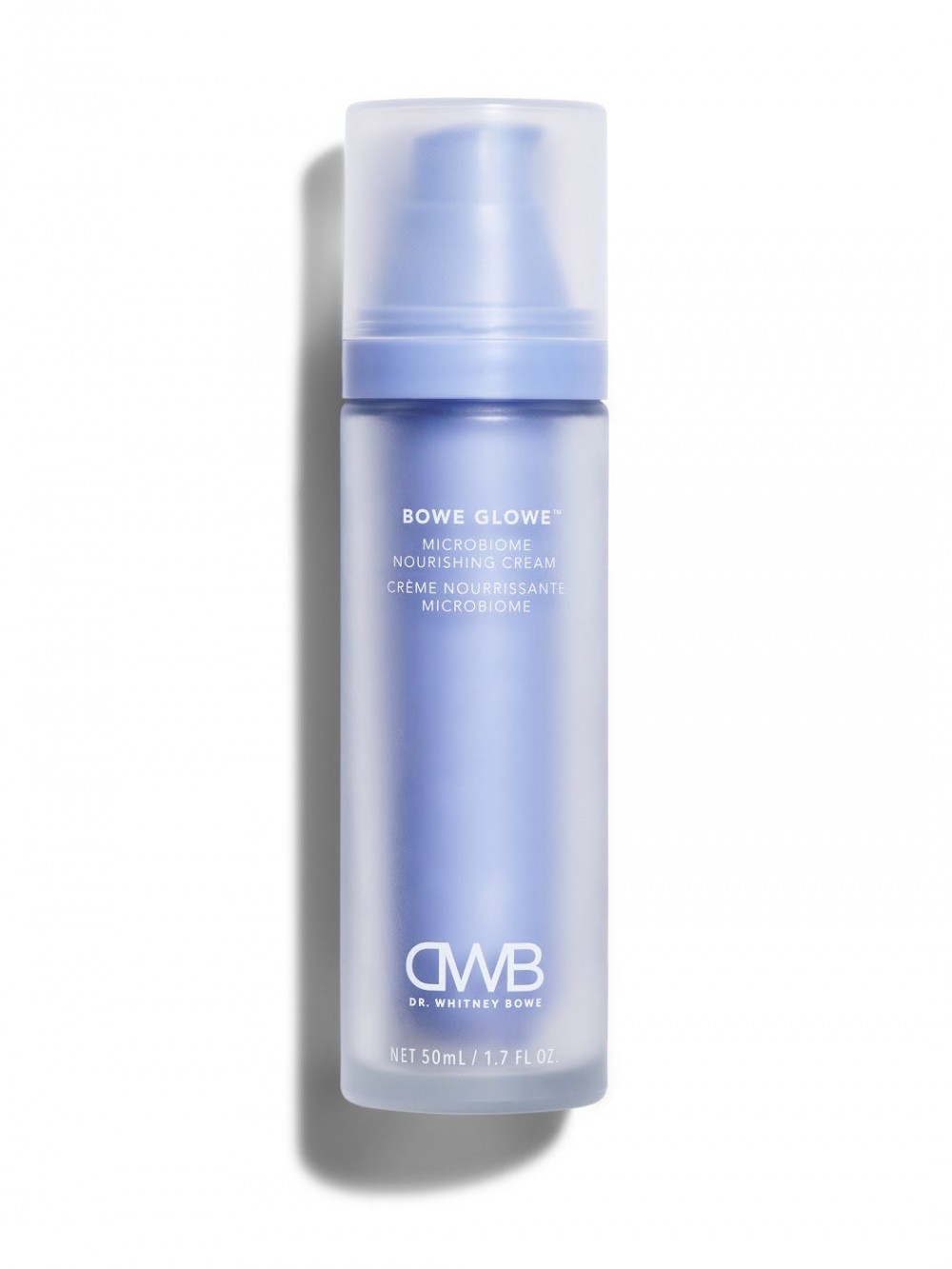
Bowe Glowe™ Microbiome Nourishing Cream
Deep hydration for a luminous glow.
Her favorite retinol product is Dermalogica’s Overnight Retinol Repair. It contains 0.5% microencapsulated pure retinol to help increase cell turnover and reduce uneven skin tone.
Another affordable product you can try is this CereVe Retinol Serum.
On nights three and four, you’ll want to stick to gentle products that let your skin rest. Dr. Bowe’s Bowe Glowe Microbiome Nourishing Cream is a great moisturizer for these nights.
How Do You Start Skin Cycling?
@drwhitneybowe If you have never used powerful actives here’s how to introduce them slowly into a skin cycling routine. #thatboweglow #skincycling #dermatologist
♬ Hold Me Closer – Elton John & Britney Spears
If you’re new to this method, it’s important to ease into it slowly so that you don’t damage your skin. As Dr. Bowe explains in the video above, newbies may want to start with one product, like an exfoliator, and give themselves three nights to rest in between uses. If your skin adjusts well, you can add a retinoid night to your routine.
It’s also important to pay attention to how your skin looks and feels after using each product. If you notice any redness, irritation, or other negative effects, stop using that product for a few days or longer until your skin has recovered.
When using retinol for the first time, you should start with a small pea-sized amount of an over-the-counter formula with a percentage of 0.01% to 0.03%. As your skin gets more used to retinol, you can eventually work your way up to prescription retinol with a more concentrated dose.
Who Shouldn’t Use Skin Cycling?
With some rare exceptions, Dr. Bowe believes that skin cycling is a great skincare option for most people. “If you are new to skincare and you are trying to understand how to optimize results from your products without creating irritation, skin cycling is a great starting point,” she said.
“If you have plateaued with your skincare routine and you are looking for inspiration that places your skin barrier health at the forefront, skin cycling is a great option to consider. It can push your results to the next level, as we are seeing with so many people sharing their skin cycling journeys!”
The main concern with skin cycling happens when people overuse products. Chemical exfoliants and retinoids can cause irritation and dryness to the skin when used too often. However, skin cycling provides the perfect solution to this problem by spacing out the usage of these products to keep your skin healthy.
Dr. Bowe believes the only potential exception to this rule is those with oily, acne-prone skin. “If you’re using an exfoliating product every day without irritation, then you might be someone who has oily, acne-prone skin and actually does require daily exfoliation,” she said. “I do find that some people with very oily, acne-prone skin can benefit from a salicylic acid toner every morning, but can still skin cycle at night, using a more powerful blend of exfoliating acids on exfoliation night.”
If skin cycling doesn’t seem to be working for you or you have other skincare concerns, make an appointment with your derm.
What Do You Do If Irritation Occurs?
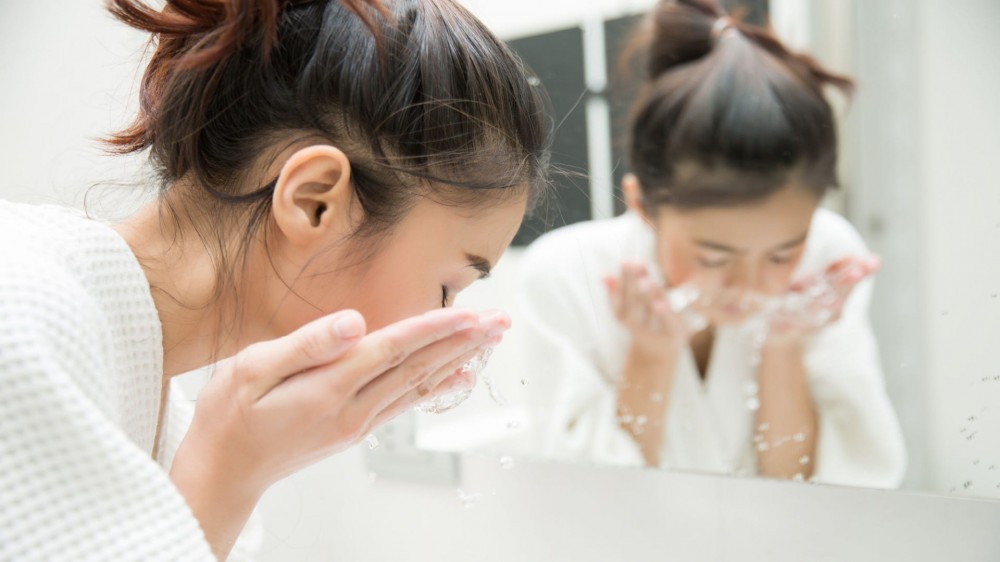
If you experience any irritation after starting this routine, there are a few reasons you might be experiencing issues. According to Dr. Bowe, this might mean that your skin barrier needs more time to recover. “Try building in an extra recovery night or two into each skin cycle,” Dr. Bowe advised.
The chemical exfoliant or retinoid might also be too strong for your skin. Check the percentage of active ingredients in your product and try switching to one with a lower dosage.
Finally, you might be reacting to other ingredients in your skincare products. “The most common cause of skin reactions and irritation is fragrance, both natural and synthetic,” explained Dr. Bowe. “If a product smells good and you are experiencing irritation, consider swapping to a product that is fragrance-free and essential oil free.”
The most important part of skin care is paying attention to your skin, said Dr. Bowe. “Skin cycling is very intuitive and listening to your skin is at the core of skin cycling,” she said. If you’re not sure how to adjust your skin cycling routine, consult with a dermatologist.
Skin cycling is all the rage on social media right now. Here’s what you need to know about this skincare routine, straight from its creator, Dr. Whitney Bowe.





